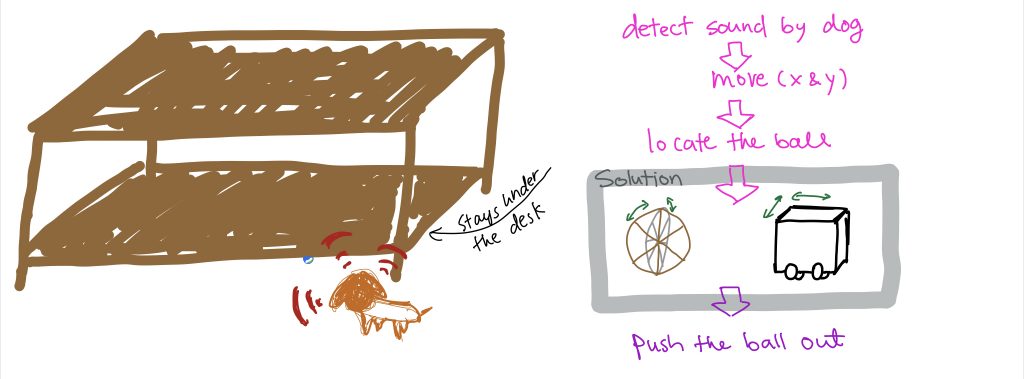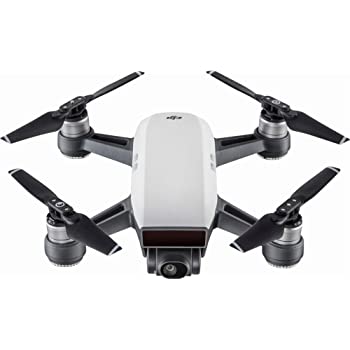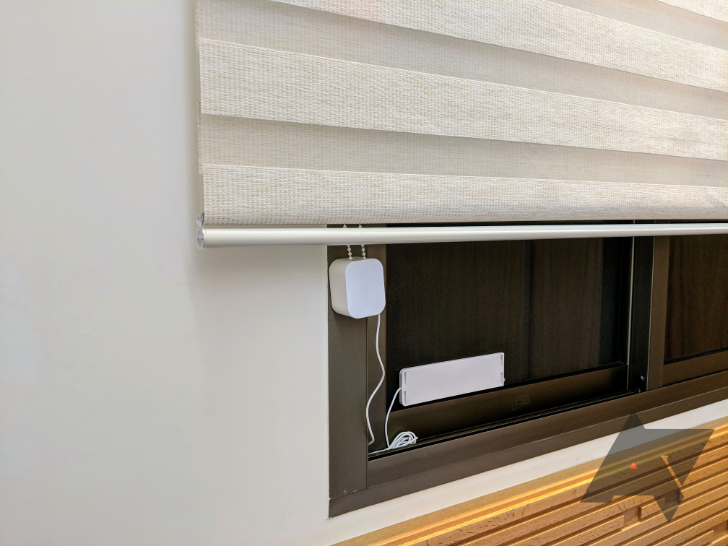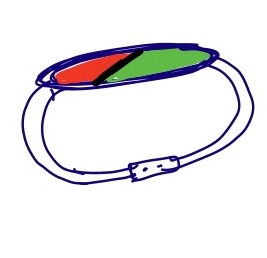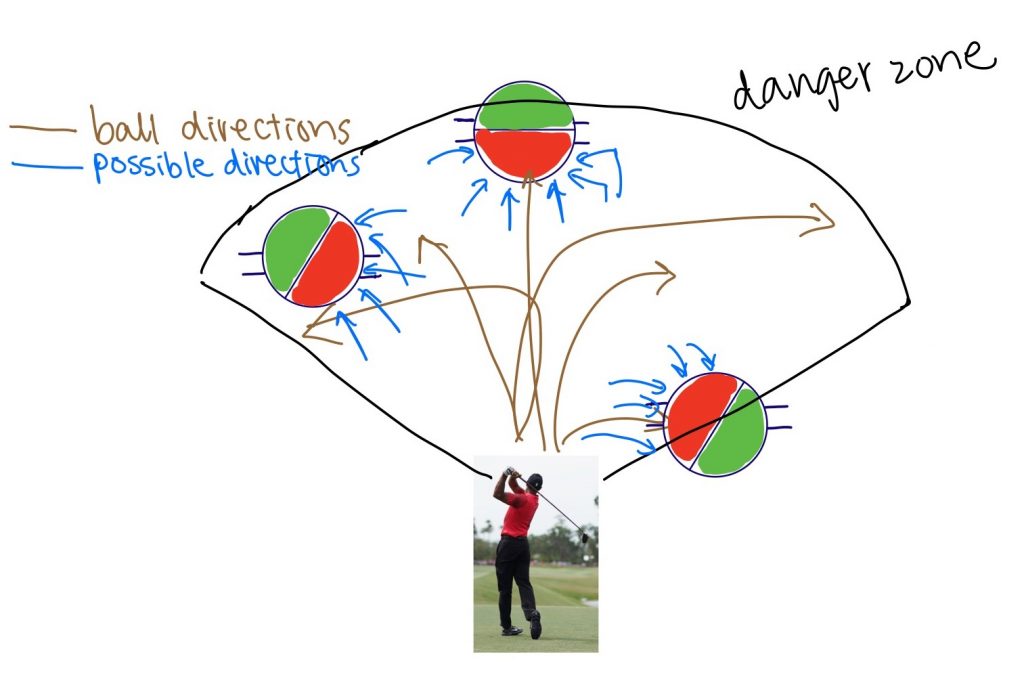Problem: Aggressive, domineering speakers often create a hostile environment (both consciously and unconsciously) by interrupting others during discussions, meetings, and most recently, during the presidential debate.
Lots of such speakers are unaware that they are constantly speaking over others, and do not actually respond to intervention by others in-situ when they are exhibiting this behavior. They also distrust other’s claim that they are frequently being disruptive to others because of confirmation bias.
Solution: A tactile, haptic feedback in your pocket based on how long you have interrupted someone. Similar to someone kicking you under the table when you’re saying something you shouldn’t, it delivers a metaphorical “kick under the table” to provide a speaker awareness of their interruption.
When you first start speaking when someone else is speaking, you receive a simple tap as a reminder. As more time elapses, the taps increase in frequency (and optionally magnitude. The mini solenoid in our kit doesn’t allow for a change in force). This should impress upon the speaker the severity of their interruption (i.e. the longer it is, the more rude and disruptive it is and unlikely to be constructive). If the interruption time elapsed exceeds 5 mins, it should just switch off someone’s mic.
Schematic
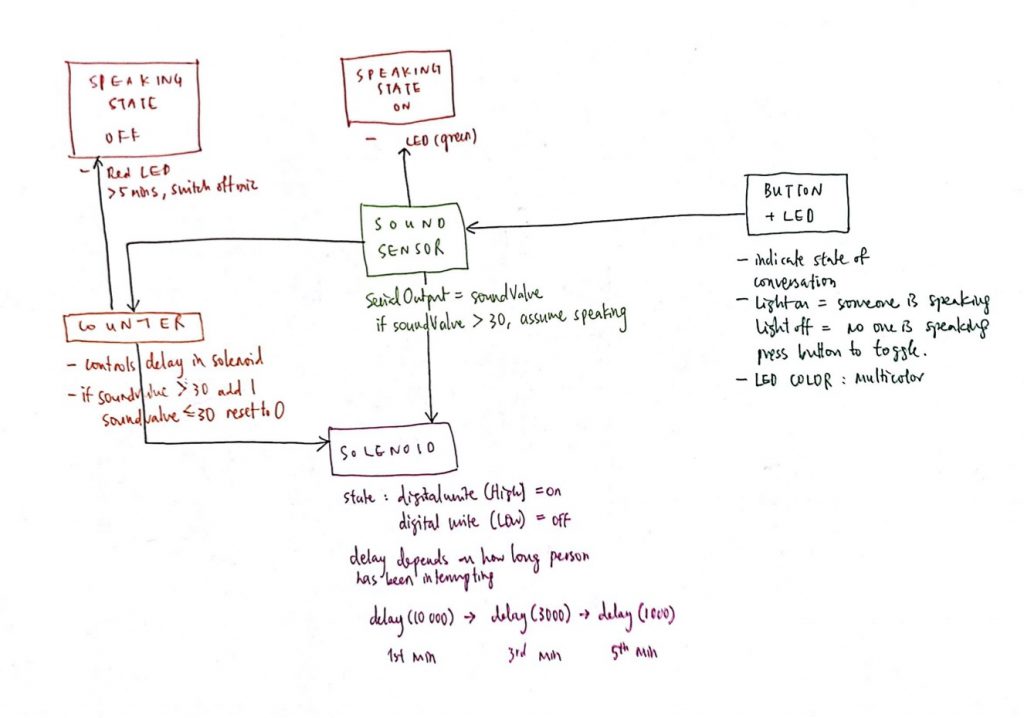
Application: Outside of the presidential debate, this kinetic feedback is a discrete way to help speakers monitor their own speaking (and interrupting) behavior to create a more inclusive environment.
As we transitioned into entirely online meetings due to covid WFH, people have become more conscious about turn-taking when speaking since visual / auditory cues of when someone might want to interject are now invisible.
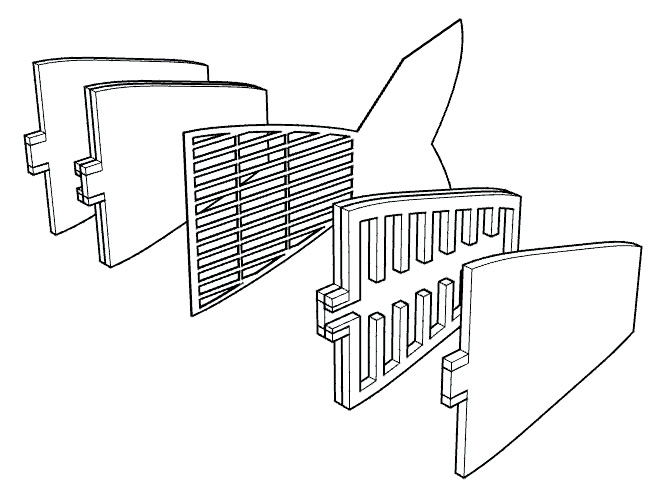
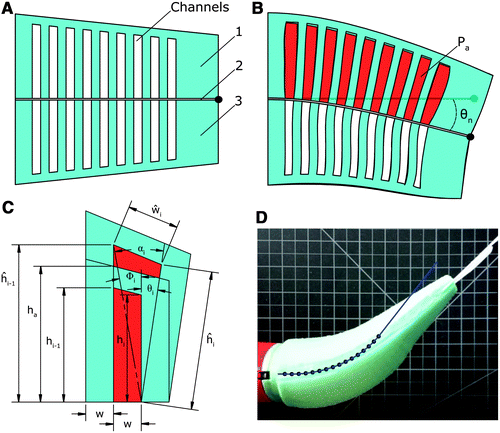

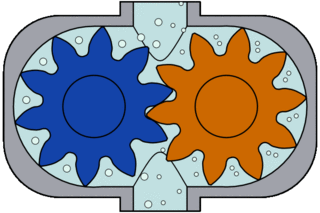

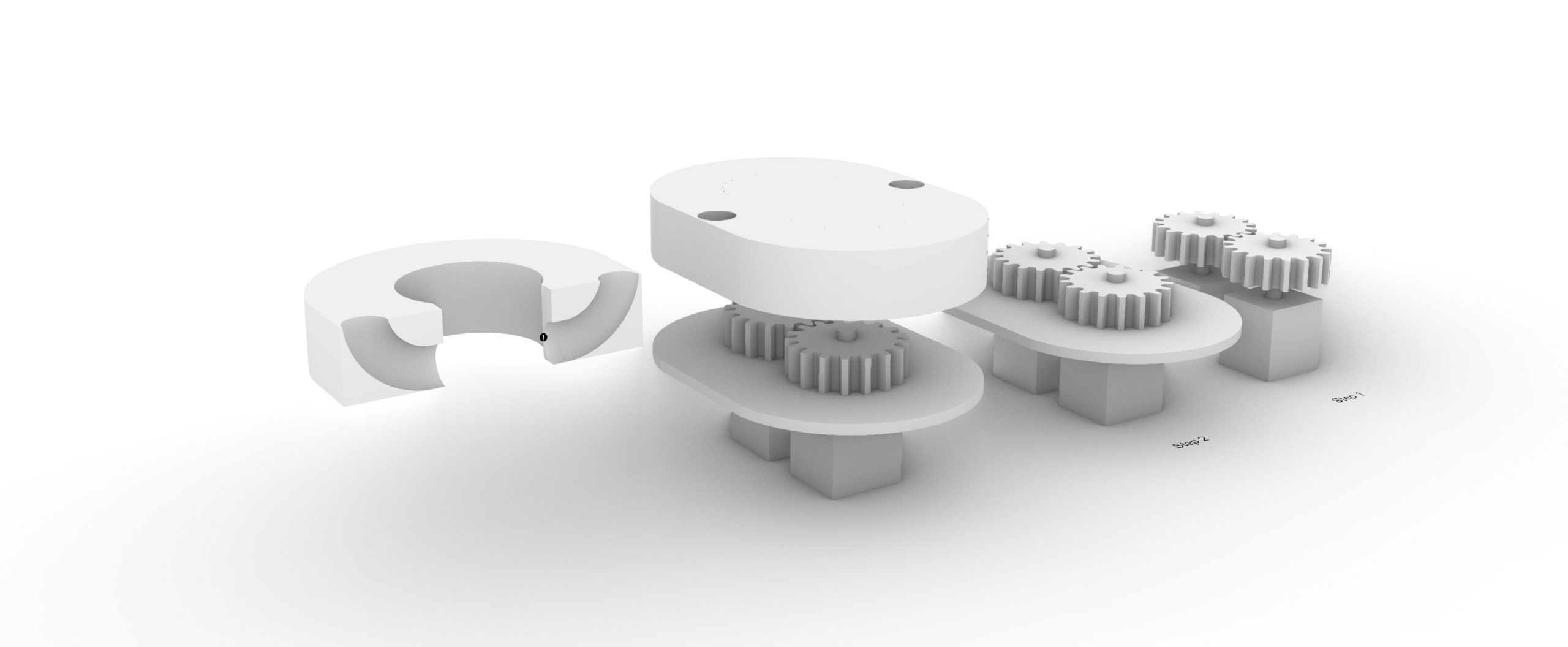
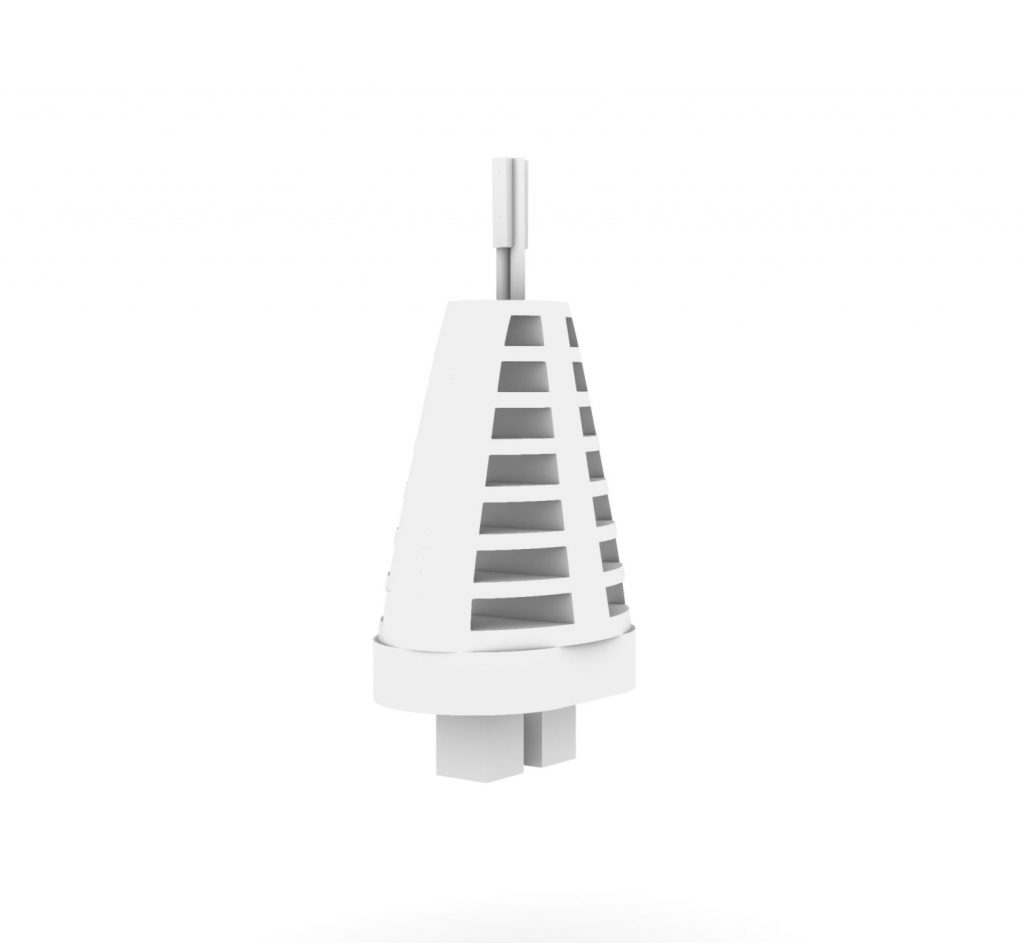



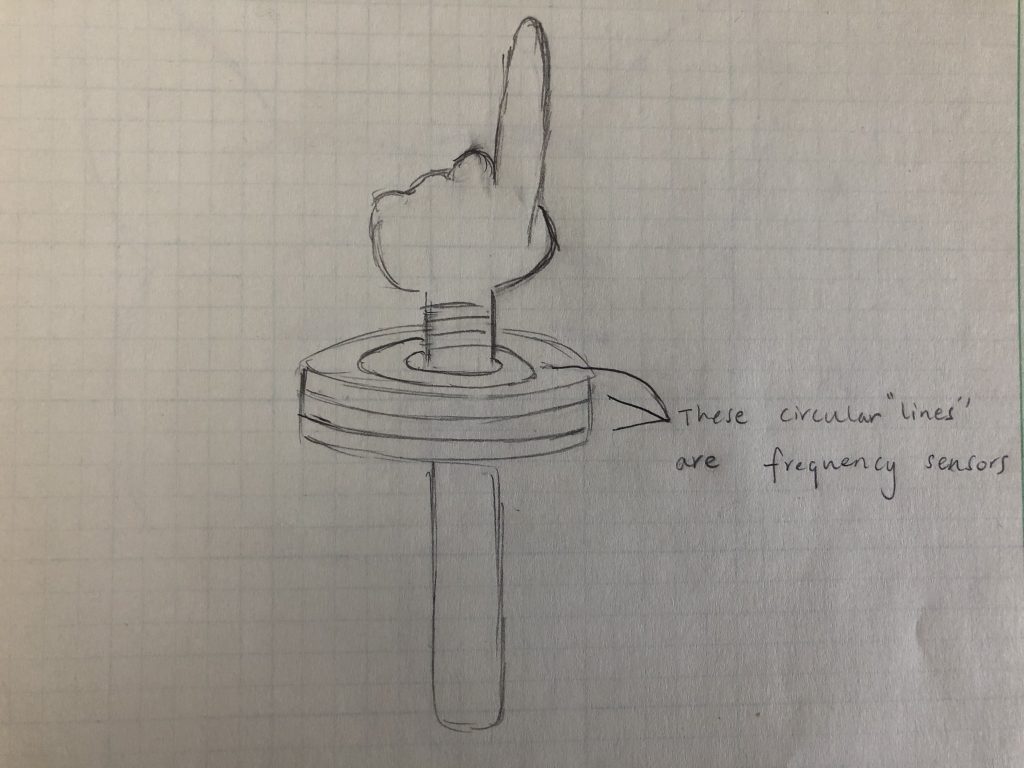
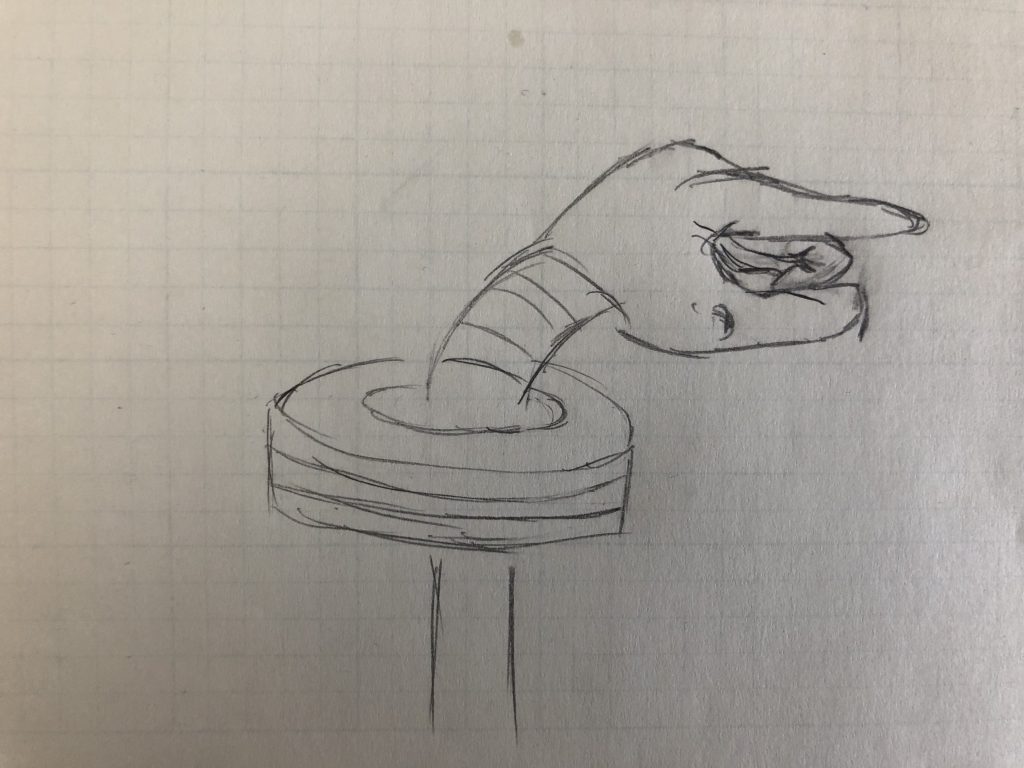
 This is my dog and her favorite toy: a blue and green rubber ball. She recently got into the habit that when she wants us humans to play the ball with her and we don’t give her attention, she would roll the ball into places she can’t reach, usually under a desk or behind the TV set. Then she whines until someone gets it for her, which could be minutes if no one decides to get it.
This is my dog and her favorite toy: a blue and green rubber ball. She recently got into the habit that when she wants us humans to play the ball with her and we don’t give her attention, she would roll the ball into places she can’t reach, usually under a desk or behind the TV set. Then she whines until someone gets it for her, which could be minutes if no one decides to get it.